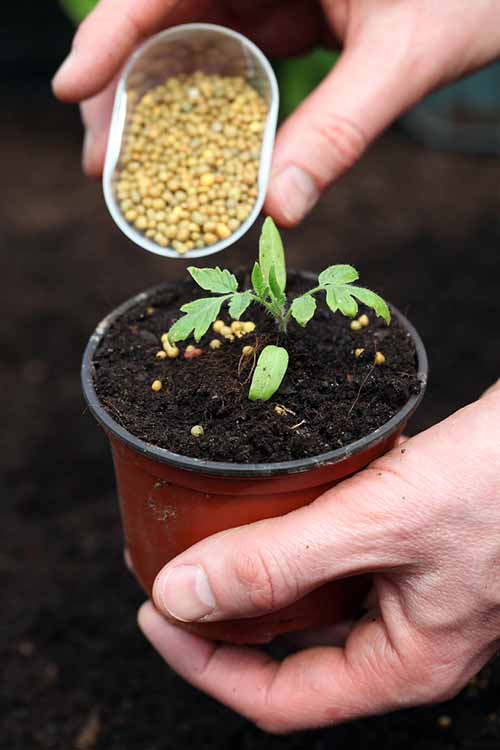Agriculture Notes On – Plant Nutrients – For W.B.C.S. Examination.
Agriculture as an optional subject is useful from numerous points of view. A decent hold over the subject helps you massively in taking care of the geography, economics, social issues in General Studies as the learning comes conveniently. Indeed, even essay paper, there is absolutely no less than one subject from Agriculture. Any W.B.C.S. aspirants who have scholarly foundation in Agriculture, Life Sciences, Botany, and other related fields can choose this subject as their optional. Paper I of agriculture is generic in nature where Paper- II is technical. Candidates with no prior knowledge of agriculture or Biology should not opt this subject as their optional for W.B.C.S. Mains Exam.Plant nutrition is the study of the chemical elements and compounds necessary for plant growth, plant metabolism and their external supply. In its absence the plant is unable to complete a normal life cycle, or that the element is part of some essential plant constituent or metabolite. This is in accordance with Justus von Liebig’s law of the minimum.Continue Reading Agriculture Notes On – Plant Nutrients – For W.B.C.S. Examination.
The total essential plant nutrients include seventeen different elements: carbon, oxygen and hydrogen which are absorbed from the air, whereas other nutrients including nitrogen are typically obtained from the soil (exceptions include some parasitic or carnivorous plants).
Plants must obtain the following mineral nutrients from their growing medium:-
- the macronutrients: nitrogen (N), phosphorus (P), potassium (K), calcium (Ca), sulfur (S), magnesium (Mg), carbon (C), oxygen (O), hydrogen (H)
- the micronutrients (or trace minerals): iron (Fe), boron (B), chlorine (Cl), manganese (Mn), zinc (Zn), copper (Cu), molybdenum (Mo), nickel (Ni)
These elements stay beneath soil as salts, so plants consume these elements as ions. The macronutrients are consumed in larger quantities; hydrogen, oxygen, nitrogen and carbon contribute to over 95% of a plant’s entire biomass on a dry matter weight basis. Micronutrients are present in plant tissue in quantities measured in parts per million, ranging from 0.1 to 200 ppm, or less than 0.02% dry weight.
Most soil conditions across the world can provide plants adapted to that climate and soil with sufficient nutrition for a complete life cycle, without the addition of nutrients as fertilizer. However, if the soil is cropped it is necessary to artificially modify soil fertility through the addition of fertilizer to promote vigorous growth and increase or sustain yield. This is done because, even with adequate water and light, nutrient deficiency can limit growth and crop yield.
1. Nitrogen: Nitrate (the form of nitrogen that plants use) helps foliage grow strong by affecting the plant’s leaf development. It is also responsible for giving plants their green coloring by helping with chlorophyll production . For additional information on nitrogen.To view Agricultire Syllabus , CLICK HERE.
2. Phosphorus: Phosphorus is responsible for assisting with the growth of roots and flowers. Phosphorus also helps plants withstand environmental stress and harsh winters . For additional information on phosphorus.and helps retain water. It also affects the plant’s disease and insect suppression .
4. Magnesium: Magnesium contributes to the green coloring of plants.
5. Sulfur: Sulfur helps plant resist disease and grow and form seeds. They also aid in the production of amino acids, proteins, enzymes and vitamins.
6. Calcium: Calcium aids in the growth and development of cell walls. This is key because well-developed cell walls help resist disease. It is also necessary for metabolism and the “uptake of nitrate” .
One of the great things about the six essential nutrients is that they are easy to find.
Healthy soil is already pumped with these nutrients although some like nitrogen are often locked in an unusable form for the plant.
Plant Probiotics like Holganix Bio 800+ products, harness the power of soil microbes to increase nutrient efficiency and build healthier soils that store nutrients for the plant.
For example, nitrogen-fixing bacteria is a type of soil microbe found in Holganix Bio 800+, that helps break down nitrogen from the air or nitrogen locked in the soil and turn it into nitrate — the form that’s usable by the plant. In addition to nitrogen-fixing bacteria, Holganix Bio 800+ also contains other beneficial soil microbes that help break down any potassium and phosphorus tied in the soil.
Please subscribe here to get all future updates on this post/page/category/website


 +919674493673
+919674493673  mailus@wbcsmadeeasy.in
mailus@wbcsmadeeasy.in







































































































